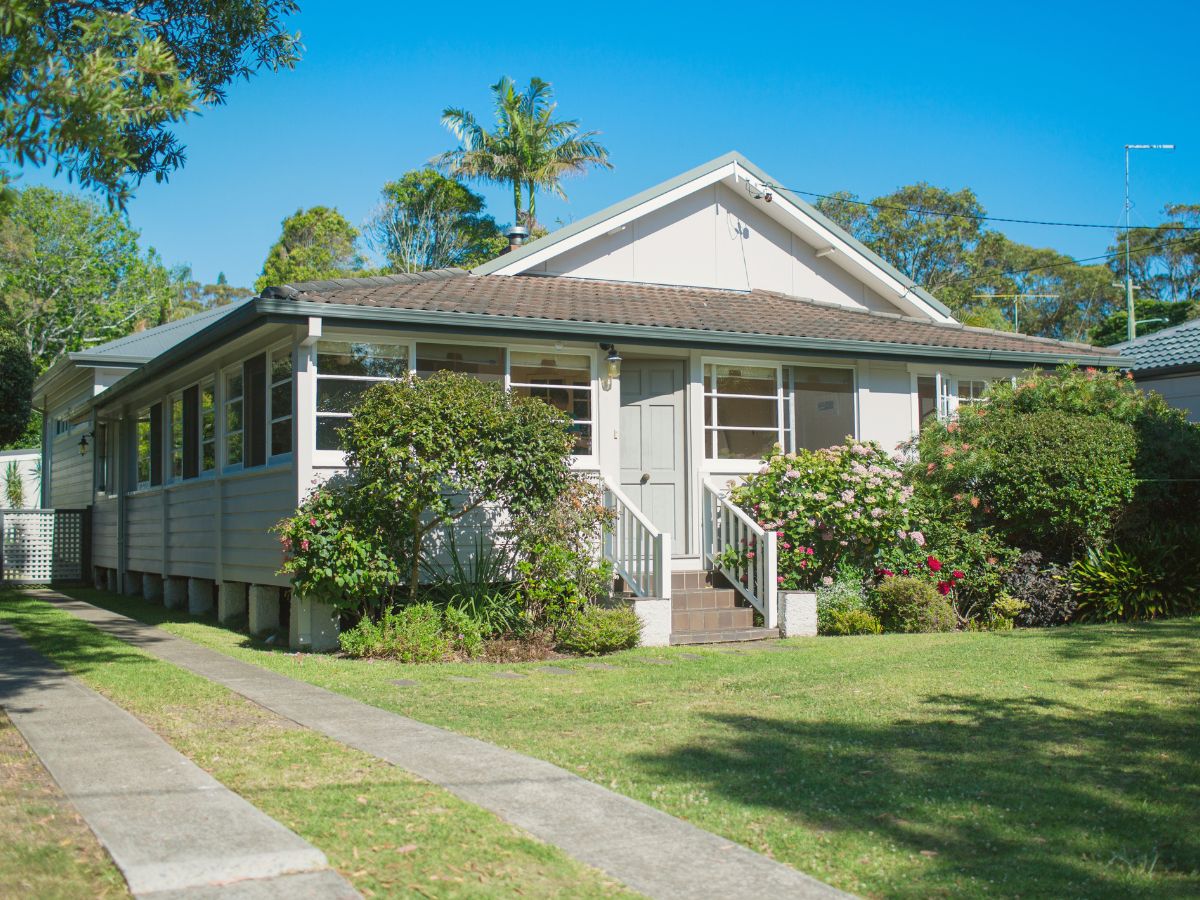Wollongong, with its rich history and coastal charm, is home to numerous heritage properties that showcase architectural styles from different eras. Owning a heritage property is both a privilege and a responsibility, as these homes not only hold sentimental value but also embody the historical fabric of the area. Renovating such properties requires careful planning, respect for their character, and adherence to legal requirements.
Understanding Heritage Listings and Regulations
The first step in renovating a heritage property is to determine its heritage status. In New South Wales, properties may be listed on the State Heritage Register, the Local Environmental Plan (LEP), or be part of a heritage conservation area. Each listing comes with specific guidelines and restrictions that influence what alterations can be made.
Wollongong City Council oversees local heritage regulations and provides guidance on conservation practices.
Before starting any work, consult the council or a heritage consultant to understand:
- Which parts of the property are protected
- What approvals are required for renovations or repairs
- Whether you need a heritage impact statement as part of your development application
- Non-compliance with heritage regulations can lead to hefty fines or mandatory restoration at your expense, so obtaining proper approvals is crucial
Respecting the Character and Integrity of the Property
A key aspect of renovating a heritage home is balancing modern functionality with historical authenticity. Original architectural features such as stained glass windows, timber fretwork, decorative cornices, and pressed metal ceilings are often central to the property’s charm.
Here are some tips for preserving and enhancing these elements:
Replicate Original Materials: Source materials that match the original as closely as possible. For example, if your property features sandstone foundations or slate roofing, look for similar materials during repairs or replacements.
Restore, Don’t Replace: Where feasible, repair existing features instead of replacing them. For instance, damaged timber floors can often be restored through sanding and staining, preserving their patina.
Consider Expert Craftsmanship: Heritage homes often include intricate details that require specialist skills. Enlist tradespeople experienced in working with older properties to ensure high-quality restoration.
Incorporating Modern Comforts
While preserving historical character is important, your home also needs to cater to contemporary living standards. Adding modern amenities such as insulation, energy-efficient heating, or updated kitchens and bathrooms can be achieved without compromising the property’s integrity.
- Choose modern fixtures and fittings that blend with the era of the property. For example, classic tapware and freestanding baths can enhance a Victorian-style bathroom.
- Install new wiring, plumbing, or insulation within existing walls to maintain the original aesthetics.
- Where possible, make changes that can be reversed in the future without damaging the property’s heritage features.
Dealing with Common Challenges
Renovating heritage properties often comes with unique challenges, from structural issues to outdated layouts. Here’s how to address some common problems
Structural Repairs: Many heritage homes have aged foundations, roof leaks, or termite damage. Work with structural engineers and heritage specialists to ensure repairs meet modern safety standards while preserving the original structure.
Planning for Extensions: If you’re planning to extend, the new design must harmonise with the original property. This often involves using complementary materials and respecting the scale and proportion of the existing building.
Asbestos and Hazardous Materials: Older properties may contain hazardous materials such as asbestos or lead-based paint. Hire licensed professionals to safely remove these before beginning renovations.
Working with Heritage Professionals
Navigating the complexities of heritage renovation is much easier with the help of experienced professionals. Consider enlisting:
- Heritage Architects: Experts in designing renovations that respect historical integrity while adding functionality.
- Heritage Consultants: Specialists who can liaise with council, prepare necessary documentation, and ensure compliance with regulations.
- Specialist Builders: Tradespeople experienced in traditional building methods and materials.
Investing in the right expertise not only saves time but also helps you achieve a high-quality renovation that adds long-term value to your home.
Accessing Grants and Support
Wollongong homeowners may be eligible for financial assistance or grants to help offset the cost of heritage restoration. The New South Wales Office of Environment and Heritage and Wollongong City Council occasionally offer funding programs to encourage conservation efforts. These programs often require detailed documentation of your renovation plans, so include them in your project timeline.
Renovating a heritage property in Wollongong is a journey that combines history, craftsmanship, and modern convenience. By respecting the unique character of your home, adhering to legal requirements, and working with the right professionals, you can transform your property into a stunning masterpiece that honours the past while embracing the future.
Whether it’s restoring intricate details or blending old-world charm with contemporary living, your heritage renovation is more than just a project—it’s a contribution to the rich tapestry of Wollongong’s architectural legacy.
Renovating a heritage home in Wollongong?
Have you been thinking of renovating your heritage home in the Wollongong region? We’d love to have a chat about the best way to retain all the charm, while modernising your home.

